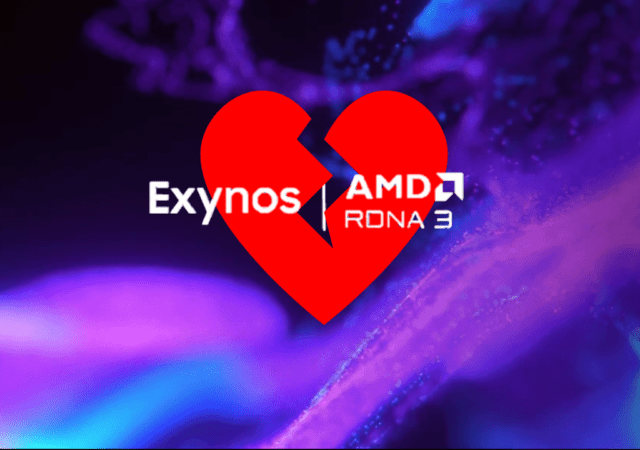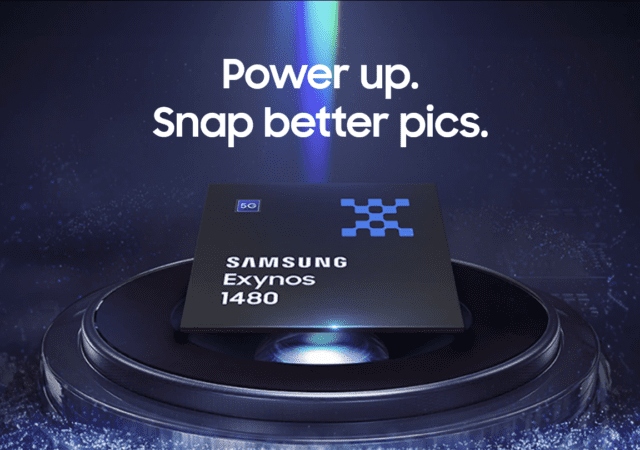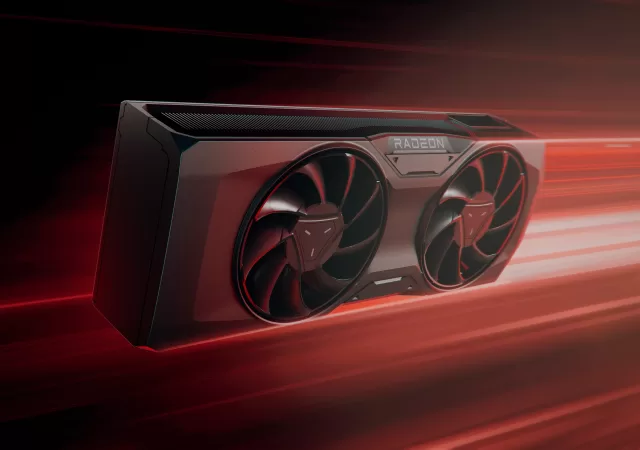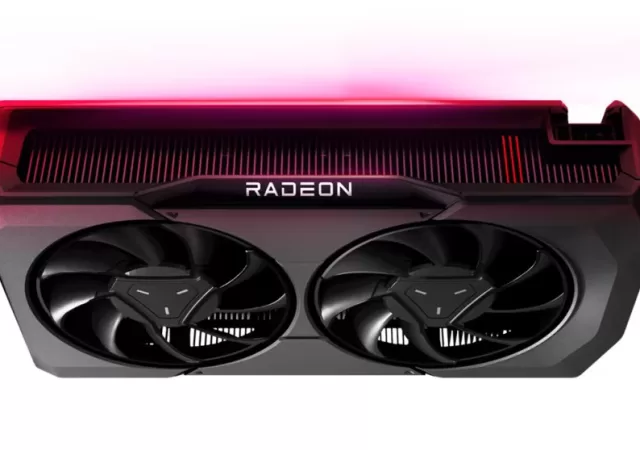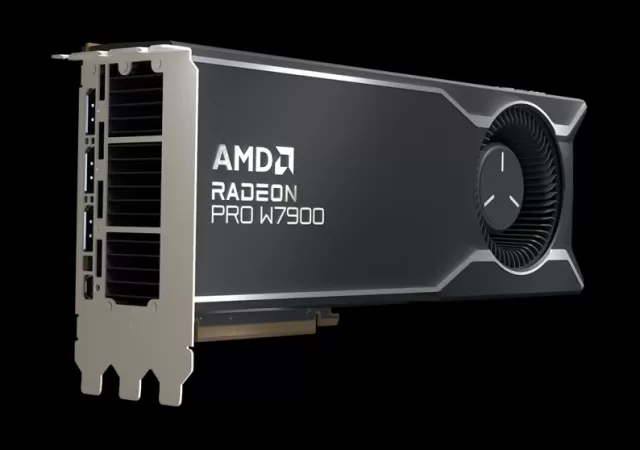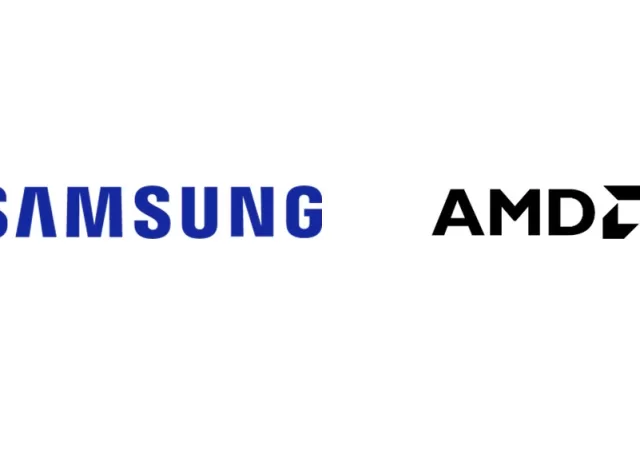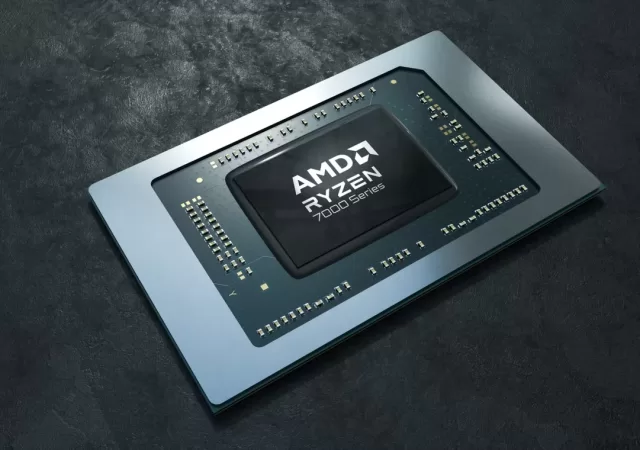Samsung may be ending its partnership with AMD which brought the Xclipse GPUs to Exynos processors to create their own.
Samsung Details the Exynos 1480 Used in the Galaxy A55
Samsung finally unveils the details behind the Exynos 1480 processor which launched with the recently launched Galaxy A55.
AMD Releases the Radeon RX 7700 XT and RX 7800 XT GPUs for Full HD and 1440p Gamers!
AMD introduces the Radeon RX 7800 XT and RX 7700 XT, two new RDNA 3 GPUs made for Full HD And 1440p gaming.
AMD’s Radeon RX 7600 is Here! 1080p Gamers, Rejoice!
AMD has released their new Full HD gaming champion, the Radeon RX 7600 with RDNA 3, improved upscaling, and ray tracing engines for US$ 269.
AMD Launches Most Powerful Radeon PRO W7000 Series GPUs for the Professionals
AMD launches their latest Radeon PRO W7000 series with the Radeon PRO W7800 and Radeon PRO W7900 workstation GPUs with RDNA 3.
Samsung and AMD Extends Strategic IP Licensing Agreement – Maybe That New Exynos is Worth a Look After All
Samsung and AMD extends their partnership for the integration of AMD Radeon graphics technology into other portfolios including Exynos
[CES 2023] AMD Brings the Ryzen 7000 Series Mobile!
AMD launches their latest mobile CPU, the Ryzen 7000 Series CPU’s with Zen 4 architecture and RDNA 3 Radeon graphics in tow.



